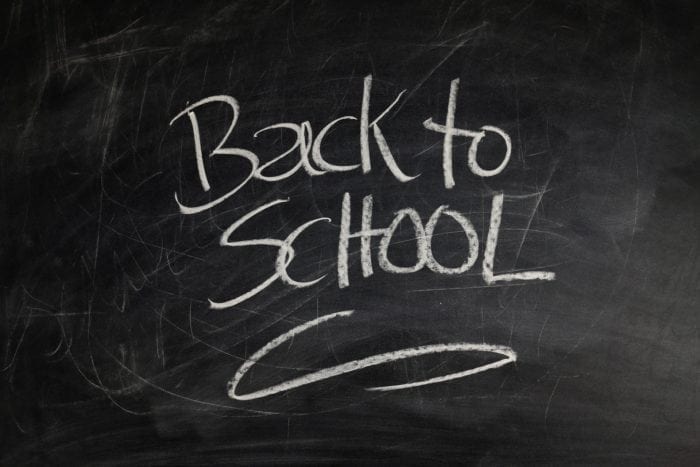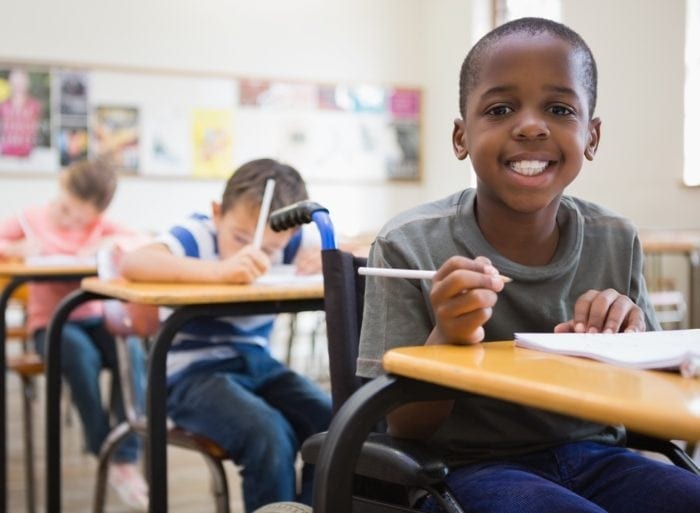COVID, E-learning, and Disabilities: Action is Needed
Published on
I think we can all agree that COVID has become an extremely negative word that stirs up unfavorable emotions. I can attest to this fact as my family is among the many families learning how to balance high school, college, work, and life during this pandemic.
Circa 2020, or is it Circus 2020?
In March and April of 2020, students across America were sent home from universities and schools alike. Parents became support staff, principals, tutors, cafeteria staff, janitors, and in some cases, teachers. This new schooling transition occurred in a blink of an eye. And, for some schools, learning and educating didn’t occur at all.
We settled in for what we thought would be a “temporary” pause in education. “We can do anything for a short time,” became more of a question than a statement. This pause also meant that students with disabilities had their services interrupted or changed, and many of their needs were not able to be met from home. But, most of us were understanding of the disruption since schools were, basically, building an airplane in midflight.
The Department of Education did weigh-in, and the needs of students with disabilities were still to be a priority, with collaboration between schools and parents. However, very little guidance was given for providing these needed services remotely.
COVID Beyond The Crisis
As COVID cases increase and the 2020/2021 school year is starting, schools and universities are coming up with unique ways of learning, and in many cases, families and students can choose what works best for their comfort level. Some schools are online learning only; others offer a mix of in-person and online.
The main reason provided for schools moving forward and reopening during a pandemic is to prevent gaps in students’ education achievements. Did you know, students with disabilities have the same rights to avoid regression and academic progress?
Realistically, accessible education services can fall through the cracks if parents and students are not vigilant in sharing their needs with the school and asking for support. So, whether the learning platform is online, in person, or a combination, the student’s individual needs matter.

Tips for Families Kindergarten to 12th Grade
First, don’t panic and start documenting.
- Document the issues as they arise. This means take detailed notes on challenges, what works, and where learning gaps are evident. This helps expedite the resolution process.
- Request an Individual Education Plan (IEP) meeting or a 504 Plan in writing as soon as possible. Each state mandates when meetings must occur after receiving a written request. The dates can be as early as ten days and as long as sixty days.
- If you notice new challenges with your child, request specific testing or reevaluations when requesting the meeting.
- Stay in contact with teachers and student support services. They are your child’s allies and can offer you insight and assistance.
- Remain firm in requesting services and accommodations, but expect hurdles. Manage these challenges with grace and understanding.
- Keep the lines of communication open by requesting end-of-semester meetings to adjust your child’s IEP or 504 plan as needed.
- Refresh yourself on the laws and process schools must follow. These can be found at your state Department of Education website and through your local school district policies and procedures.
- Create a timeline and checklist based on the state and local statutes. Share these with the school as a visual reminder of the obligations they have to your child.
- It is okay to adjust the IEP or 504 Plan as needed. But, do not terminate any plan or accommodation unless it is warranted.
- Understand that you are your child’s best advocate.
Tips for College Students
Take a deep breath, and remember the law is on your side for accommodations. Secondary schools are not obligated to follow IEPs, but they must adhere to Section 504 of the Rehabilitation Act. However, students must advocate for themselves. Self-advocacy and identifying one’s own needs are valuable life lessons.
- Contact Disability Services or Student Services to get the ball rolling.
- Gather all of your recent records related to your disability.
- Identify how the disability affects your ability to learn or function in the academic setting.
- Correlate the struggles you have to strategies and accommodations that assist you in being a successful student.
- If possible, try to get a face-to-face meeting or a virtual meeting. Meeting gives you and the education provider another level of connectivity.
- Bring the information you have gathered and remain concise in your requests.
- Ask for suggestions if you are unfamiliar with accommodations and strategies that correlate to the challenges you are facing.
- Connect with your professors and instructors during posted office hours to let them know that you have learning needs.
- Keep the lines of communication open, and check in to report what strategies work and don’t work.
- Understand that you are your best advocate.
The Time to Act is Now
Like my mom always says, “This too shall pass.” Hopefully, parents and their kids weather the COVID storm with little to no adverse effects. We are all learning how to adjust during these unprecedented times. The time for action and advocacy is now.
Categorized in: Uncategorized
This post was written by



Comments are closed here.